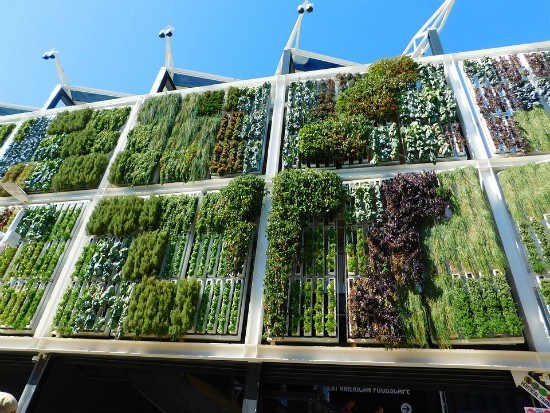
A fad in modern architecture and gardening or a necessity to bring back nature into industrialised densely built urban landscapes? Living green walls are becoming more and more popular, so we decided to explore the benefits, installation and maintenance process of these structures. Read on to find out how long they have been around, why so many buildings are having them, and how you can make one for your home.
Table of Contents
How old is the concept of green walls?
With more high-rise constructions in cities and less land space for greenery in urban landscapes, a certain trend for vertical gardens has been getting more and more popular. It may seem like a relatively new concept or a fad of modern times, but the concept of living green walls has actually been around for longer than you think.
Historically, the Hanging Gardens of Babylon can be seen as one of the first examples of a green wall, although in all technicality, they can be considered more of a roof garden than green wall. Throughout the centuries, various civilizations have covered the facades of buildings with climbing greenery. In the beginning of the 20th century, the Art and Crafts and Modern style movements in Europe incorporated green facades to make a seamless transition between the garden and the house and complement better the architectural lines of buildings.
Some great examples of green facades were installed in England by the Garden City movement in the 1920s. In 1938, Stanley Hart White patented the living green wall for the first time. However, the first modern design of a living wall belongs to the French botanist Patrick Blanc. His design of a green wall with a full hydroponic system, an inert medium and a variety of exotic plant species is at the Museum of Science and Industry in Paris.
What are green living walls?
Living walls are also called ‘biowalls’, ‘vertical gardens’ or ‘Vertical Vegetated Complex Walls’ (VCW). Unlike green facades, which have soil only at the base, green walls utilise a growing medium – the surface to which the plant species can cling to and a hydroponic system.
What are the benefits of green living walls?
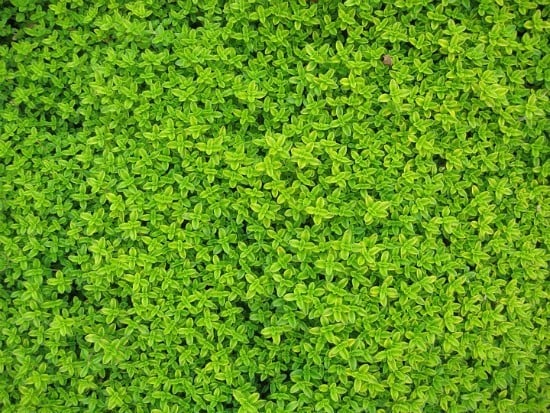
Green walls are a sustainable innovation that lets modern societies in industrialised cities transform walls into structures of vegetation, adding a much-needed touch of green in urban settings. They can be free-standing or attached to a wall and we can see more and more office buildings covered in green because of the many health and environmental benefits of these constructions. Green living walls can create microclimates based on the orientation towards the sun and also:
Improve air quality
Plants act as a natural air filter, as they naturally remove carbon dioxide and produce oxygen, while absorbing and cleaning pollutants from the air. It’s for a reason that the Amazon rainforest is called the white lungs of the planet. Green walls are especially helpful for improving air quality in built-up urban areas due to the many plants they sustain.
According to studies, green living walls can reduce the production of nitrogen dioxide by 40% and particulate matter by 60%. Buildings and offices are the breeding ground of toxins and It’s common knowledge that plants in homes and offices significantly improve the quality of indoor air.
An indoor green wall works to this efficiency on a much larger scale, making the air free of harmful formaldehyde, VOCs, trichloroethylene, carbon monoxide and benzene and reducing the “sick building syndrome” for people occupying the building.
Reduce energy costs
It has been scientifically proven that large metropolitan areas are significantly warmer than rural and less built-up areas. The rising temperatures have an adverse environmental impact both in terms of higher energy consumption and air pollution. The vegetation on a living green wall will reflect direct sunlight rather store it the way bare concrete or brick would, and can balance humidity levels through the process of evapotranspiration.
A green wall will act as a natural air conditioner, as the air surrounding the green wall is naturally cooled in summer, while in winter, a green wall on the outside of a building acts as insulation, reducing energy costs.
Reduce noise levels
It’s a well-known fact that trees can have the same effect in muffling urban noise like a stone wall. Similarly, green walls reduce background noise in loud areas and busy streets. Dense plants on green walls naturally block high-frequency sounds, as the foliage absorbs and reflects the noise that comes its way while the supporting structure can help to diminish low-frequency noise.
Enhance aesthetics
In modern societies, where what’s on the outside matters, the unusual display of landscape in a vertical position certainly catches the eye. Green walls easily transform dull spaces in houses and office buildings into an inviting and soothing ambience. They make a great first impression on clients and bring green vigour or a pop of colour to both enclosed and outdoor spaces.
Furthermore, green walls allow for bespoke designs with plants and flowers varying in colour, texture, and growth, allowing for creative designs and logos.
What is the principle of green walls?
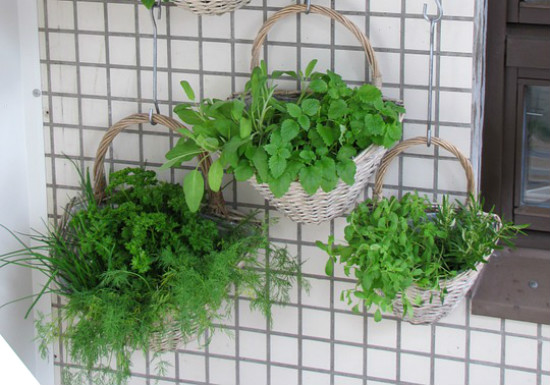
There is no universal principle in terms of size or type of plants used for a green wall, as these vary greatly depending on each individual project. For example, plants used for indoor green walls are completely different from those used in exterior constructions. When selecting the plants for an outdoor wall, things like weather conditions and sun orientation have to be considered.
Generally, plants are selected so that they can survive a climate zone higher than the location. There are certain plant species which can be grown on green walls, particularly plants with higher tolerances in terms of watering and temperature variations, as they can adapt better to different environments.
What types of green walls are there?
Generally, green walls are categorised as indoor and outdoor constructions, and as free-standing structures or as extensions to walls, which means virtually any space or wall can be beautified. There are panel systems which use pre-grown plants to fit into panels and can be used for both interior and exterior structures in all climate zones.
There are also tray systems, which are most widely used indoors. They allow for great flexibility in design, as the plants inserted in the tray are already grown off-site in advance. Freestanding walls have the highest level of versatility because it’s really easy to move the structure to a new location and rearrange or add plants. Free-standing green walls are preferably used indoors.
In terms of budget, the most affordable option is the type of green wall where the plants are grown on-site. This method excludes the more costly need for pre-grown plants but won’t have full coverage upon installation and may take up to a year for the plants to develop full foliage. Green walls which offer thriving plants upon installation would require that the plants be grown in advance in a nursery. The expenses for fertilisers and maintenance, as well as transportation expenditures, will make the green wall installation more costly.
Although edibles can be grown on vertical structures, and there are green walls specifically designed for vegetables and herbs, installing a vertical potager is not entirely recommended simply for the reason that once the vegetables have ripened and have been cut off, they leave an empty space.
How are green walls maintained?
Watering
In general, green walls utilise a drip-irrigation system for optimum efficiency and least possible water waste. Recirculation systems optimise the use of water best, as they use it repeatedly. Water is pumped from the bottom to the top until the water tank is empty and has to be refilled. If, however, the location of the green wall doesn’t have enough room for a tank, the structure can benefit from direct irrigation.
Expected lifespan
The lifespan of a green wall depends on a few factors and can’t be established with certainty, as this a relatively new technology. The hardware, panels, and the growing medium are considered to last for 20 – 25 years. The lifespan of the plants, however, is more difficult to pinpoint. Usually, they will grow until their root systems are too big for the panels and have to be replaced. It could be a good 10 years before this happens. Plants in tray systems, however, have to be replaced every year.
Weather conditions
Plants for outdoor green walls are specially selected to be able to sustain the weather in the particular location. Each area has a specific microclimate, which can be different even for neighbouring properties. This makes it hard to say with certainty how the green wall will perform until it is actually installed. That’s why professionally installed living walls come with a maintenance plan and a warranty.
Plants growing on green walls naturally become dormant during the winter period, but upon your request, it is possible to have an evergreen wall by planting species that will change colour during water but won’t lose foliage. The weather has a huge impact on how a green wall performs, so an essential part of maintenance is adjusting the system to the microclimate of the location.
Can you install a green wall yourself?
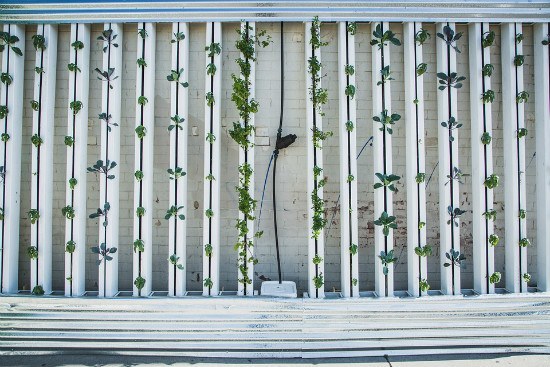
If you don’t have much garden space, want to cover a certain wall, or you simply want something different, you can try your hand at building your own green wall by following these steps:
Choose the location
This is your least concern, as pretty much any wall will do. You can simply look for aesthetics and cover an unsightly wall. Unless you want a really large system or you want to plant trees, you don’t have to worry whether the wall will be able to hold the system. The plants you choose for the green wall have to be suitable for the amount of sunlight it receives. If you want particular plant species on your green wall, you will have to choose a location that will provide the optimum growing conditions for them.
Build a frame
The frame is one of the three layers of the green wall construction. You also need plastic sheeting and fabric. It is recommended that the entire construction is built and then attached to the wall so that it’s easier to take down. The frame has to be a solid structure. Usually, plastic is considered the most appropriate material to use – you will need PVC pipe, elbows, and four-way joints. Metal is not recommended as it is more costly and makes the structure heavier. If you want to use wood, you will need a pressure-treated variety to prevent rot.
Attach the sheeting and the fabric
A sheet of plastic is attached to the frame to support the fabric layer and protect the wall from water. You can use PVC sheets. The fabric is the growing medium – it needs to retain water effectively without rotting and let roots grow through. Most green walls use felt. You will need to attach at least two layers of the fabric. Use galvanised screws to attach it and make sure there are no wrinkles.
Install an irrigation system and fertiliser injection
Usually, the irrigation system of a green wall is a tube attached to the top with emitters to let water drip down the structure. Use a propagation timer to set the water flow – typically, you will need a quick flow of water for 10 to 15 seconds from three to six times a day, depending on weather conditions.
Plants in green walls also need to be fertilised. To achieve that, attach a fertiliser injector that will supply the irrigation system with liquid fertiliser. You’ll also need to install a water filter – these are cheap and available in most hardware stores.
Choose the plants
As with any other type of gardening, you have to choose the plants based on the weather conditions – such as temperature variations, sun exposure, shade, humidity, winds and draughts. If you’re installing an exterior green wall, think about whether it will be outdoors year-round.
Plants are inserted into the outer layer of the fabric by making a horizontal cut in the material and inserting the plant. The root ball needs to have as much soil as possible to help prevent root rot. With a staple gun, make a semicircle around the root ball by inserting three to five stainless-steel staples to attach the fabric to the plastic sheeting of the frame, creating a secure envelope for each plant.


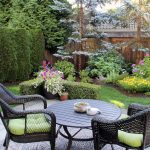


Hi there, You have done an incredible job. I will definitely digg it and individually
suggest to my friends. I am sure they’ll be benefited from this blog.
Thank you for letting me know how it goes. I am so inspired with your ideas specifically on the irrigation system. This will truly helps our favorite plants to be more thrive and productive. And I found out that the installation are quite easy. Great information!
Thanks for sharing this amazing post on green walls. Appreciating your effort in writing this great article. Your amazing post has helped me to set up a beautiful green wall in my Dubai office. I have followed your valuable tips while construing a preserved living wall and as well, adhering to your maintenance tips . Keep sharing more informative posts like this.